Many early Narcissus are mostly yellow, with some variety added by the orange cups of 'Ceylon', 'Jetfire', and 'Pinza' and the pale 'Ice Follies', but it's nice to see some other colors in the garden at this time of year. As the title implies the flower colors featured in this post are going to be red, white, and blue. Because pure reds and blues are not common flower colors I'm stretching the definitions a bit and because the focus is on plants, green will always be part of the mix.
For red, I have chosen a dark flowered form of Helleborus × hybridus. It's not really red, I'd say wine-colored, but it will do. Helleborus × hybridus is a perennial with very attractive, deeply lobed, glossy evergreen foliage, and very long lasting late winter flowers. The flower color is usually dull pink with interior spots, but a range of shades from white to deep purple are possible. It's fairly easy to grow in shade to part-shade, although I've lost a few plants to rot during very wet summers, not a problem if well drained soils are provided. 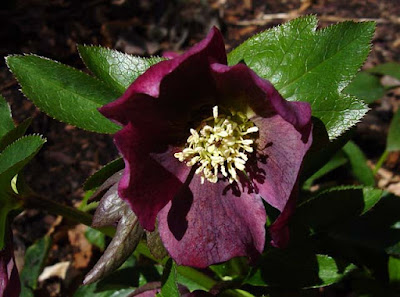
For white, I have chosen Leucojum aestivum, the so-called Summer Snowflake, which always blooms in late winter or early spring around here. These seem happy just about everywhere I've planted them, are very tolerant of moisture and will not rot even in mucky soils. As far as my color scheme goes, these flowers are white, but add a bit of green to the tip of each of the six petals. 
Blue is provided by Ipheion 'Rolf Fiedler', a little bulb from Argentina with star-shaped, bright blue flowers. Although its flowers are sweetly scented, it's not the best cut flower because if a stem or leaf is broken the first thing noticed is a familiar pungent odor, that of its close relatives, the onions. 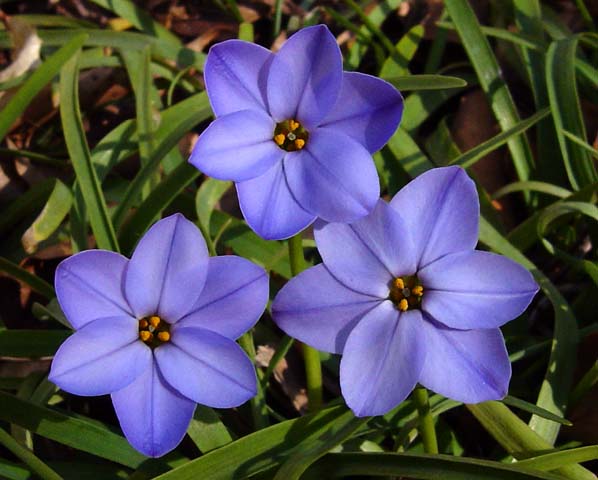
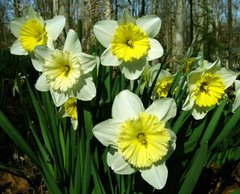
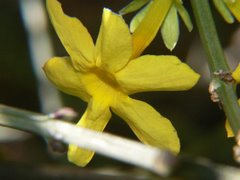
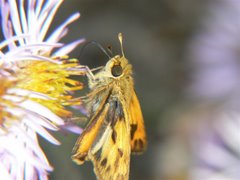
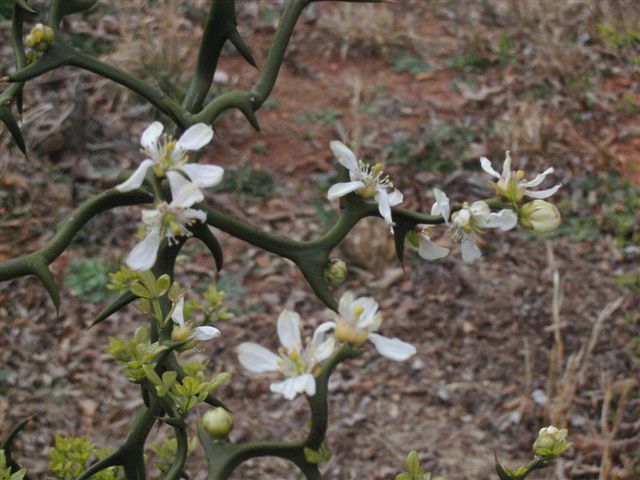
No comments:
Post a Comment